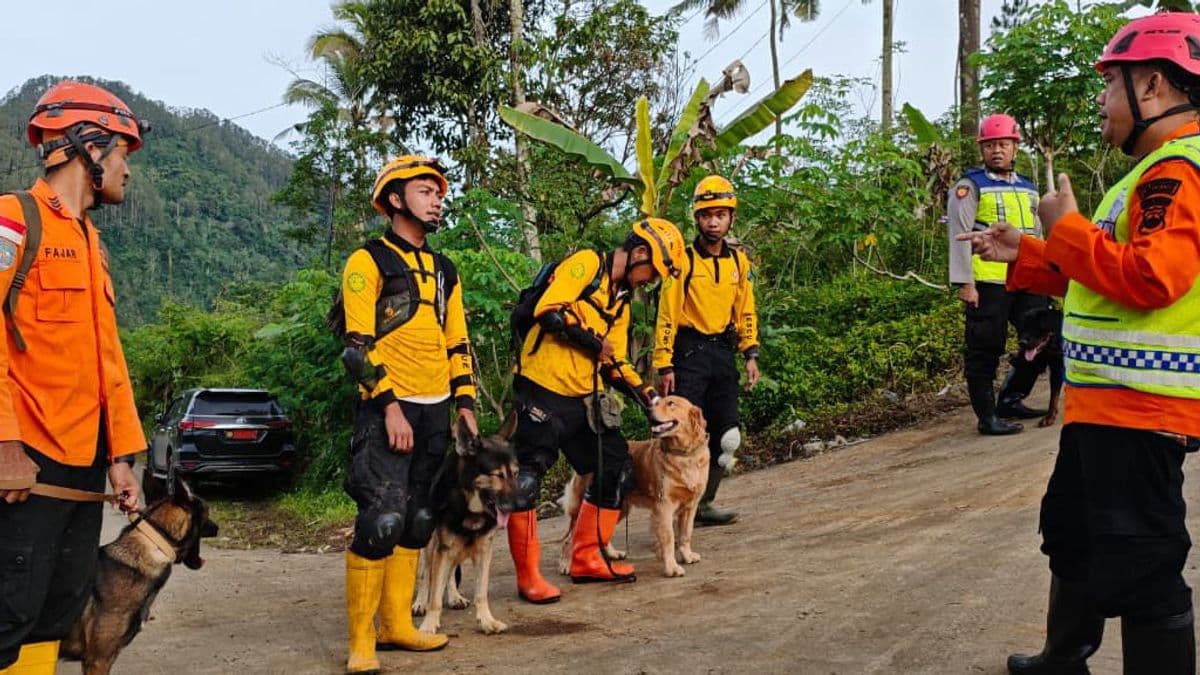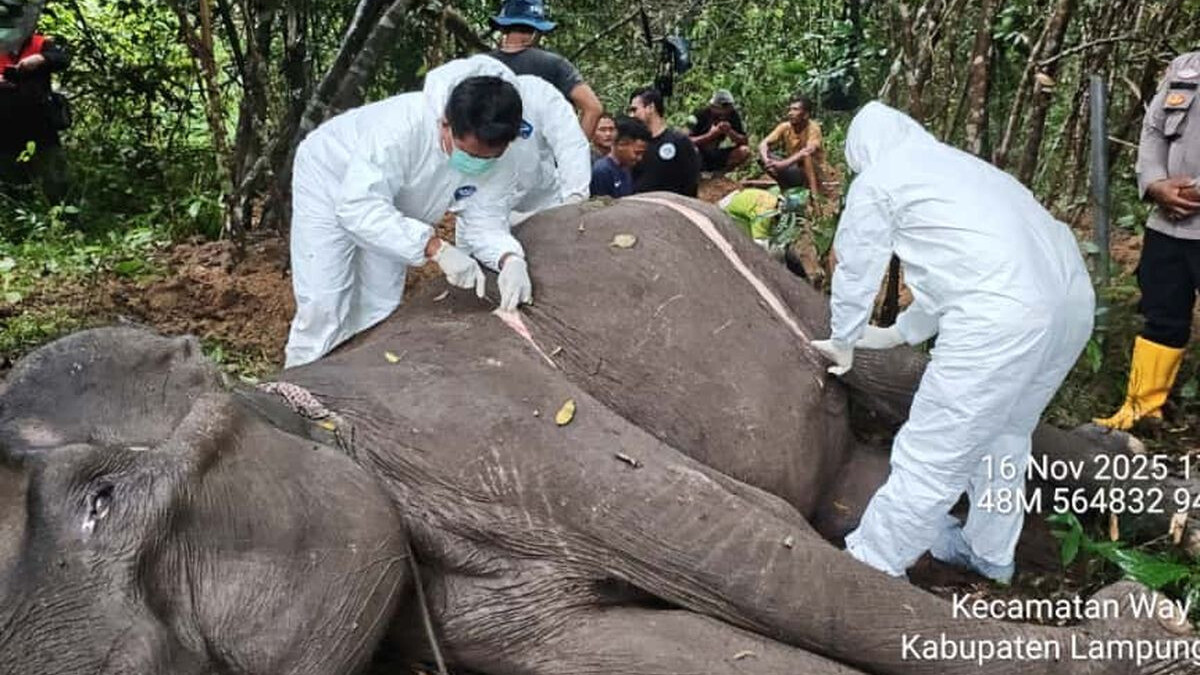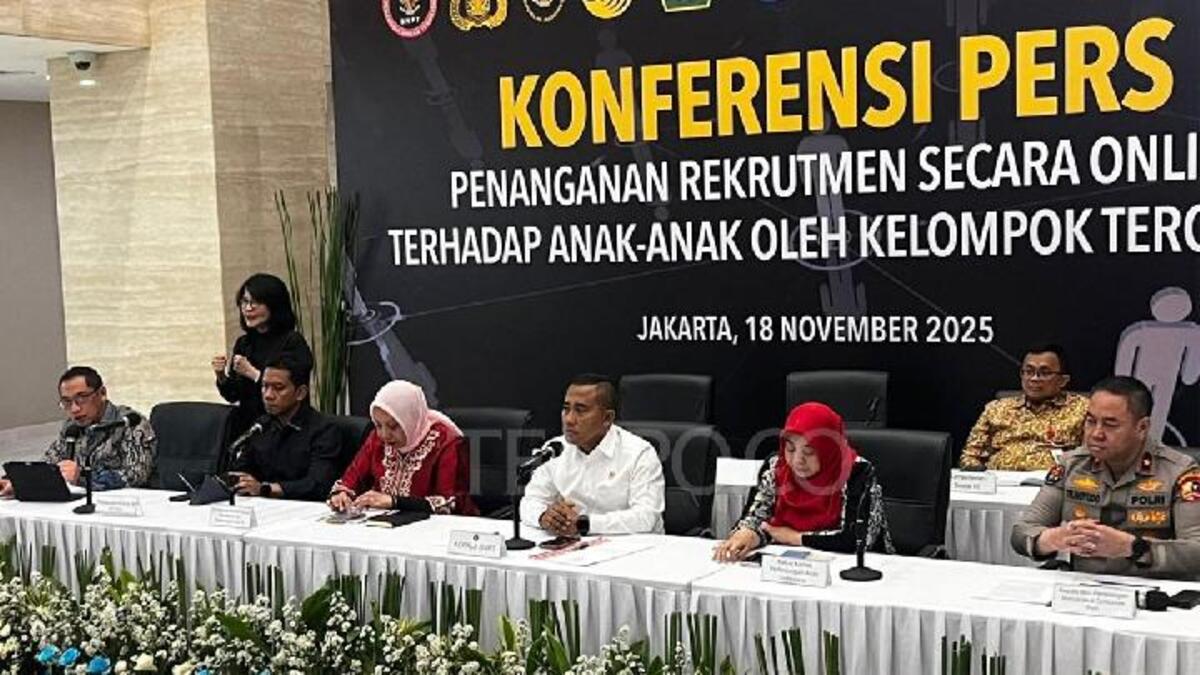Indonesia landslide in Central Java leaves 10 dead as search operations continue
Rescue teams in Banjarnegara Regency continue searching for survivors after a deadly landslide in Pandanarum Village, where at least 10 people have been confirmed dead and dozens remain missing. Efforts are hampered by unstable terrain, ongoing rainfall, and difficult access to the affected area.

- A landslide in Pandanarum Village, Banjarnegara Regency, Central Java, has killed at least 10 people, with dozens still missing.
- 45 residents remain isolated, hampering rescue and evacuation efforts.
- Authorities have deployed hundreds of personnel, using heavy machinery and K-9 units, while also establishing refugee posts for nearly 900 displaced people.
Rescue operations are intensifying in Banjarnegara Regency, Central Java, after a heavy-rain-triggered landslide swept through Pandanarum Village over the weekend. As of 21 November 2025, authorities have confirmed at least 10 deaths, while 18 people remain missing, according to the National Disaster Mitigation Agency (BNPB).
The disaster struck as prolonged, intense rainfall destabilised a hillside, causing large volumes of soil, rocks, and vegetation to tumble down into residential areas. The landslide buried homes, rice fields, and plantations, leaving widespread damage in its wake.
Search and rescue under difficult conditions
According to BNPB spokesman Abdul Muhari, rescue teams have located seven additional bodies, bringing the confirmed death toll to 10. The operation involves more than 700 personnel, including military, police, volunteers, and disaster response units, supported by excavators, sniffer dogs (K-9), and other heavy equipment.
BNPB reports that 45 residents remain trapped or isolated in the landslide zone, complicating evacuation. The terrain is unstable, and rescue workers are navigating areas where the ground continues to shift, increasing the risk of secondary landslides.
Displacement and emergency shelters
Nearly 934 people, or over 335 families, have been displaced by the disaster. Refugee posts have been established across three major sites: the Pandanarum District Office, a local sports hall, and other community buildings.
Basic needs are being prioritised. The BNPB, together with local authorities and volunteers, is providing food, hygiene kits, blankets, and medical services. Meanwhile, geological monitoring continues as officials assess the risk of further slope movement.
Challenges to rescue efforts
Rescuers are facing significant obstacles. Apart from shifting soil, search operations are hindered by landslide ponds, which are depressions filled with water and debris, making excavation risky.
The area’s hydrological conditions raise the spectre of renewed collapse, especially as rainfall continues in the region’s wet season, which typically runs from September through April.
In addition, damaged or cracked roads are limiting access for heavy machinery and personnel, slowing the pace of evacuation and recovery.
The combination of terrain risks and logistical constraints has made the search both dangerous and complex.
Broader context: central Java landslides
This is not an isolated incident. Nearby, a separate landslide in Cilacap Regency, Central Java, has also caused significant casualties. According to the BNPB, the total confirmed death toll across both landslide sites has now reached 30 people, with 21 still missing.
Rescuers have recovered four more bodies in Cilacap, raising the death toll there to 20, while at Banjarnegara they found seven more bodies, bringing the local death toll to 10.
Evacuation and long-term risk
After the landslide, local governments activated an emergency alert status, putting in place temporary housing and coordination posts.
Responders continue to evaluate the structural stability of hillsides, warn residents in high-risk zones, and plan for longer-term relocation if needed.
Expert and government response
BNPB officials emphasise that rapid geological assessments must accompany rescue efforts to avoid further tragedies. According to Muhari, authorities are working to ensure that evacuation routes remain safe, that displaced residents receive necessary support, and that search operations maintain momentum despite environmental hazards.
Technical teams are also engaging in risk communication, urging villagers to stay alert, avoid re-entering dangerous areas, and heed evacuation orders. Volunteer groups, NGOs, and local governments are coordinating to provide psychosocial support for survivors, many of whom have lost homes and livelihoods.
Historical pattern and climate dimension
Banjarnegara has experienced landslides in the past. A deadly event in 2014 claimed dozens of lives, highlighting the area’s vulnerability.
According to local disaster management experts, the region sits on steep terrain and is prone to soil movement, particularly after persistent rainfall.
Climate change is likely exacerbating these risks. Central Java’s increasing rainfall intensity and variability may be contributing to more frequent and severe hydrometeorological disasters, experts warn.







0 Comments